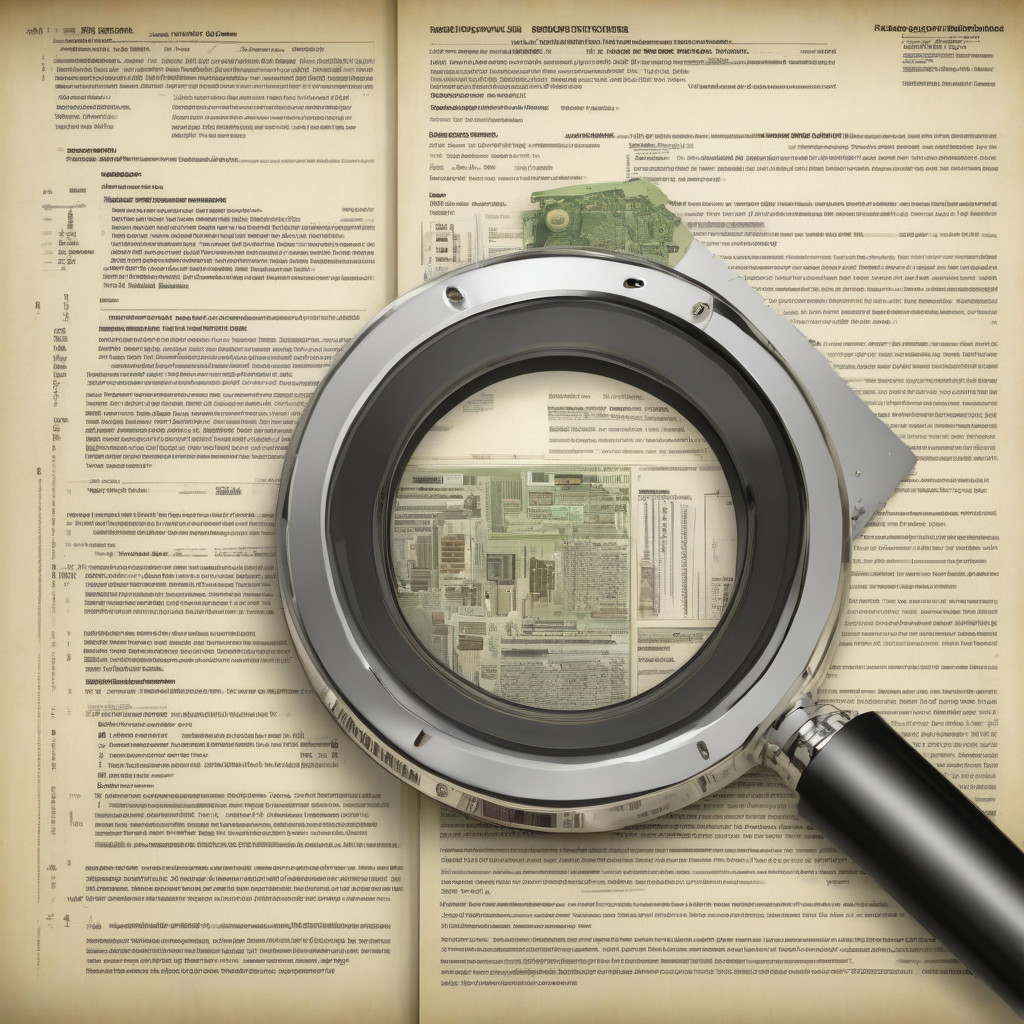In the digital age, electronic signatures (e-signatures) have revolutionized the signing process, offering convenience and efficiency over traditional methods. Embracing this trend can streamline workflows, save time, and cut costs for businesses across various sectors. However, while e-signatures provide numerous benefits, ensuring their legal validity is paramount.
To guarantee that your e-signatures hold up in a court of law, several key factors must be considered. Understanding the legal requirements and best practices associated with e-signatures is crucial for businesses seeking to leverage this technology effectively. Let’s delve into some essential steps to ensure the legality of your e-signatures:
- Choose the Right Technology: Opt for e-signature solutions that comply with international e-signature laws and standards, such as the eIDAS Regulation in the European Union or the UETA and ESIGN Acts in the United States. Platforms like DocuSign, Adobe Sign, and HelloSign are reputable choices that offer secure and legally binding e-signature capabilities.
- Consent and Intent: It’s vital to demonstrate that all parties involved in the signing process have consented to using e-signatures and intend to be bound by the electronic agreement. This can be achieved through explicit language in the contract or agreement confirming the parties’ agreement to conduct business electronically.
- Authentication and Security: Implement robust authentication measures to verify the identity of signatories and ensure the integrity of the document. Multi-factor authentication, digital certificates, and audit trails can enhance the security of e-signatures and provide a clear evidence trail in case of disputes.
- Recordkeeping and Audit Trails: Maintain detailed records of the e-signing process, including timestamps, IP addresses, and actions taken by each party. These audit trails serve as valuable evidence to prove the authenticity and integrity of the electronic transaction in case of legal challenges.
- Compliance with Regulations: Stay informed about the evolving landscape of e-signature regulations and ensure compliance with relevant laws in your jurisdiction. Regularly review and update your e-signature processes to align with the latest legal requirements and industry standards.
By following these steps and adopting a proactive approach to e-signature legality, businesses can harness the full potential of electronic signatures while mitigating legal risks. Embracing digital transformation through e-signatures can lead to increased efficiency, reduced paperwork, and enhanced customer experiences.
In conclusion, while e-signatures offer a convenient and efficient way to conduct business transactions, ensuring their legal validity is crucial. By selecting the right technology, obtaining consent, prioritizing security, maintaining detailed records, and complying with regulations, businesses can confidently embrace e-signatures as a legally binding method of signing documents. Stay informed, stay compliant, and unlock the benefits of e-signatures in the digital era.

